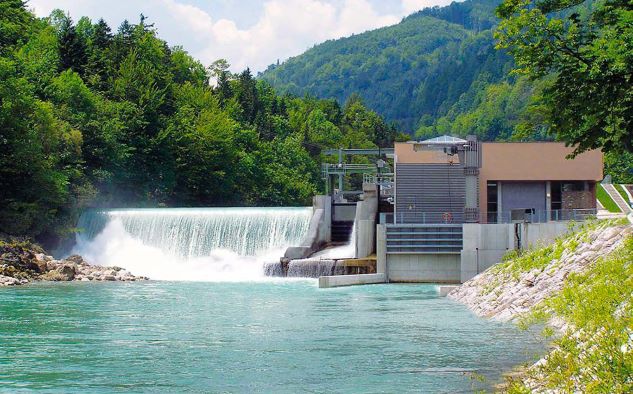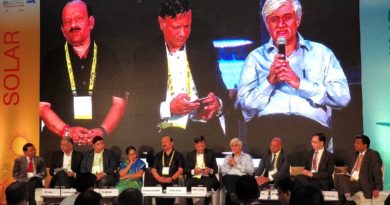It’s official- Bio Power and Small Hydro Get Short Shrift in 2019

The MNRE, which is at the forefront of India’s biggest commitments to climate change, namely the push for cleaner energy and energy efficiency, seems to have forgotten two of its lesser children. Bio-Power and small hydro power.
Between January 2019 and January 2020, a period of 13 months effectively, the numbers it has shared with the cabinet with respect to these two have barely moved. While Bi-Power generation moved from 9.92 GW in Jan 2019 to 10.00 GW in January 2020, Small Hydro moved up from 4.52 GW t0 4.68 GW. Those are growth rates of barely 8 percent and 3.5 percent respectively. As it turns out, this was alwys a worry for small hydro, way back in 2018 itself.
In comparison, solar capacity has grown to over 34 GW, a 30 percent spike over the 12 month old number, while Wind Energy, after three strong years, grew only about 7 percent. However, both Solar and Wind Energy, as per the ministry’s own claims, have a pipeline under execution, and a bidding pipeline, that should delivery strong growth right upto 2022 and beyond. Keep in mind that India has a target of 175 GW of renewable energy by 2022, and 500 GW by 2030. In the 175 GW number, solar+wind are at 160 GW, effectively indicating no further plans or expectations from bio power or even small hydro.
Those are strange numbers. But clearly, the loss of attention can be blamed on one single factor, and that is price. At an average per unit price of Rs 6.50 or higher, subsidies or any support for small hydro or Bio mass driven power is clearly becoming difficult to justify or fund for the government. That most of the small hydro efforts have been focused on one state, Himachal Pradesh, which is itself power surplus, wouldn’t have helped matters at all.
All this, even as solar and wind energy prices kept dropping relentlessly, has clearly placed the two other options on the backburner.
The fact is, in both cases, besides producing power these other options were serving other requirements too, be it appropriate treatment and disposal of bio mass and providing power to far flung areas in case of small hydro. The push for a single national grid, however laudable, will always leave gaps in terms of quality of power, especially in far flung areas.
Hydro plants of up to 25 MW capacity are categorised as SHP or small hydro plants. These run on small turbines and do not require damming a river. Thus, unlike their larger counterparts, their impact on the environment is minimal.
In fact, fresh small hydro capacity has probably not been initiated at all since 2015, with whatever capacity that has come up being previous projects.
India might have to relook this continuous neglect, or at least make the environment for small hydro more favourable, by removing some of the legacy restrictions and conditions which make it even more uncompetitive. More importantly, in areas where larger dams are being touted as ‘solutions’ for mostly power needs, small hydro’s need to be explored far more actively, considering their far better record vis a vis the environment.
Of course, the fact that these projects, are small, not as visible, and require negligible capital outlay, when compared to their larger counterparts might be a very big reason in the lack of interest from both politicians and the contractors who stand to benefit from large projects.




